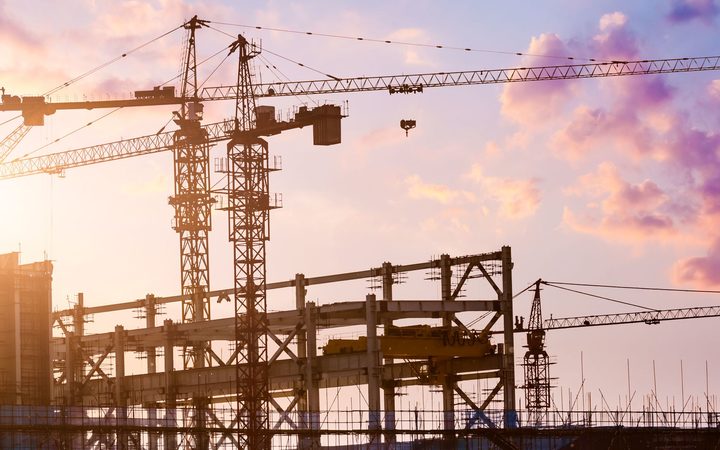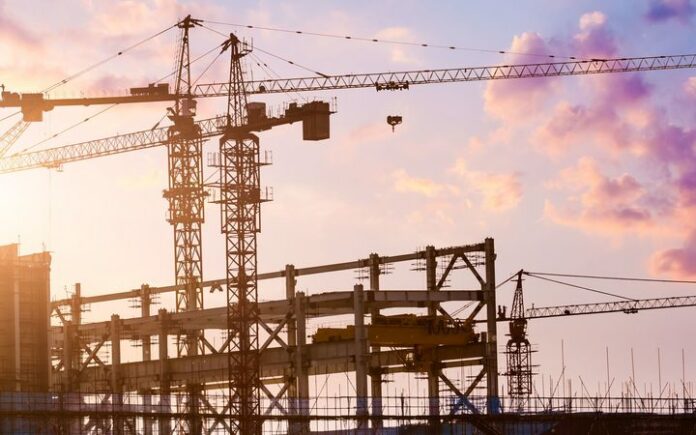The vast majority of the country’s multistorey buildings have substandard fire protection, a fire protection specialist says.
Multiple warnings about poor protection against the spread of fire have been issued since 2008. But there is widespread industry agreement that most buildings have weak points that could accelerate the spread of a big fire and shouldn’t have been signed off as compliant with the Building Code.
Fire protection specialist Ron Green said he had seen rest homes without firewalls above the ceiling and holes in hotel walls without fireproof seals – or the wrong ones.
He had come across steel frames painted so badly with expanding intumescent paint – which expands in a fire to protect the material underneath – that it had cost $300,000 to fix.
Mr Green said he could not name buildings for contractual reasons but he had been “shouting about” the issue for a long time.

“People often say, ‘Well, what’s the chances of a fire happening here?’
“The Grenfell disaster, as horrible as it is, has made people aware that things can happen. I’ve always said it would take a disaster in New Zealand for it to be taken seriously.”
Since the Grenfell Tower fire in London last month, the government and fire engineers in New Zealand have repeatedly said that most high-rises have sprinklers installed so are safer than in the UK.
But “passive” measures designed to stop fire and smoke spreading – such as firewalls and fireproof sealant – have been faulted for years.
The Fire Protection Association has pointed out that passive fire protection is less forgiving than other types of engineering, and that a very minor omission can have catastrophic consequences.
Fire engineer Alan Page, who moved to Christchurch from Britain 18 months ago, said while the Grenfell Tower fire showed the UK had problems, passive fire protection in newer buildings in that country was tightly controlled with all applicators highly trained, monitoring tight and penalties high for getting it wrong.
“If that [Grenfell] happens in a heavily regulated society, imagine what happens when you’ve got an unregulated society [like New Zealand],” he said.
“I would say you’ve been very lucky.”
In 2008 after a small survey, the Fire Protection Association said: “The surveys of the buildings that were carried out clearly demonstrated a number of significant and serious problems.”
Multiple warnings from Mr Green and chartered engineers body IPENZ, among others, then followed in 2014.
Earlier this year, research agency BRANZ put out its first passive fire guidebook, saying: “Considerable evidence exists to show that, in a large proportion of buildings, passive fire protection is not being effectively designed, specified and delivered.”
Mr Green inspects buildings every week that fail in this way.
But he said the failings were often only exposed after wall linings or cladding was taken off.
“The risky ones which, I inspect quite a few of, is where the fire and smoke can get into the stairwells, your main escape route. And some buildings once you’re in that stairwell you have no access to the other levels because they’re locked.”
But the Ministry of Business, Innovation and Employment in 2014 was reported sayingthere was no evidence that a high percentage of buildings were non-compliant for passive fire protection.
It said any shortcomings were best addressed through education and awareness raising.
Mr Green said people were more educated, but it was not enough.
“When I go on building sites today, it’s as if nothing has changed,” he said.
“There’s many people that don’t know what’s right, they don’t even build walls correctly, [because] they just don’t have the knowledge.”
The Building Minister Nick Smith was unavailable to speak with RNZ this morning.
-RNZ





























